For most modern presidential elections in the United States, Americans have gone to bed on election night knowing who’s projected to win the race.
At worst, early birds might have to wait until they wake up Wednesday morning to learn the outcome. But in very rare instances, things don’t quite go according to plan — like 20 years ago.
The drawn-out debacle in 2000 that was the Florida recount and the legal challenges that went with it left the entire race in doubt for more than a month after polls closed.
Twenty years later, experts wonder whether Americans will again go to bed Tuesday unsure of whether GOP President Donald Trump is re-elected or his Democratic challenger, former Vice President Joe Biden.
An increase in voting by mail due to COVID-19 could lend uncertainty to the timeline.
For two decades, Florida has lived under the shadow of the 2000 race between Texas Gov. George W. Bush and Vice President Al Gore. The outcome ultimately hinged on 537 votes cast in the Sunshine State.
But how elections officials came to that final number took weeks of counting and recounting, along with state and U.S. Supreme Court cases.
Here’s a look back at what went wrong in Florida — and how it compares to this year.
Population and partisan divide
Tallahassee resident Liz Jameson, a Gore supporter, protests outside the Florida Capitol on November 26, 2000. File Photo by Bruce Brewer/UPI
First, Florida has a large population — with about 15.3 million people in 2000, it carried 25 electoral votes, the fourth-most of all states. There’s even more at stake in 2020. Florida has grown to more than 21 million residents and now has 29 votes in the Electoral College.
Second, the Democratic-Republican split is narrow. The state has voted red eight times and blue four times in the past 12 presidential elections. Of those elections, Florida voted for the winning candidate all but one time.
Not much has changed in the past two decades. Floridians voted for President Donald Trump in 2016 by a 1.2% margin, and for President Barack Obama in 2012 by 0.8%.
In fact, the divide may be even more narrow, according to data from the Florida Division of Elections. In 2000, 43.4% of voters registered as Democrats, while 39.1% registered as Republican. In 2020, 37.3% were Democrats and 36.3% were Republicans.
Meanwhile, those with no party affiliation increased from 17.4% of all registered voters to 26.4%.
Florida is the very definition of a swing state — one that comes with a hefty reward.
Bungled call
People gather in New York City’s Times Square on December 13, 2000, to watch Texas Gov. George W. Bush address the nation after Vice President Al Gore conceded the November 7 presidential election. File Photo by Ezio Petersen/UPI
Compounding the issue is the fact that Florida is also large geogrpahically, spanning two time zones. The Panhandle is smaller and less populous, but leans more conservative, while the rest of the peninsula includes the more populated Miami-Dade, Broward and Palm Beach counties, all of which voted for Gore in 2000.
Andrew E. Busch, Crown professor of government and George R. Roberts Fellow at Claremont McKenna College in Ontario, Calif., said major media outlets called Florida for Gore minutes before polls closed in the Panhandle. Blue voters in the northwest may have felt less urgency to vote in those final minutes knowing their candidate already won.
“There are some studies that estimated that might have cost Gore 10,000 votes,” Busch told UPI. “If that was the case, the whole thing [recount] wouldn’t have happened.”
Busch, who co-wrote the book The Perfect Tie: the True Story of the 2000 Presidential Election, said the media’s decision to call the race for Gore, then walk it back hours later before calling it again for Bush and, again, walking it back “probably added to the tension of the situation.”
Busch said media groups learned from the errors of that night, much as newspapers learned from the infamous “Dewey defeats Truman” gaffe by the Chicago Daily Tribune in 1948.
“This time around, there’s going to be a desire not to call things too early because of the understanding that there are so many mail ballots out there, so they may not feel as much pressure to be first,” Busch said.
Hanging chads and butterfly ballots
Broward County, Fla., officials manually count and recheck ballots on November 15, 2000. File Photo by Brian Wade/UPI
The initial results on election night had Bush defeating Gore by 1,784 votes, a margin small enough to trigger an automatic machine recount in Florida. That recount narrowed the divide even more, giving Bush a 327-vote lead.
This prompted Gore’s legal team to press the Florida Supreme Court for a manual recount in certain, more blue-leaning counties — Broward, Miami-Dade, Palm Beach and Volusia. Bush’s team fought the recount, hoping to maintain the Republican’s lead.
The hand recount was an arduous process, compounded by problems with the ballots themselves. Suddenly, America became experts on “hanging,” “dimpled” and “pregnant” chads.
Some Florida counties at the time used Votomatic-style voting machines. The machines punched holes in cards to indicate votes, leaving behind a small fragment of paper.
The machines were designed to completely remove the small piece of paper from the card, but during the recount it became clear that didn’t always happen. Sometimes they still hung on by a corner. Sometimes the punch was so subtle, it left behind only a dimple in the card.
It was up to county elections’ officials to evaluate each of these problem ballots to determine voter intent.
The problem was, “different counties [were] using different standards” when evaluating those and ballots with other problems, said Aubrey Jewett, associate professor of political science at University of Central Florida in Orlando.
There was also a problem with the so-called “butterfly ballot” used in Palm Beach County. The ballot spread the presidential candidates over two facing pages, with spots to mark the voters’ selection in a long column down the middle, between the two pages.
Voters said they mistakenly voted for Pat Buchanan when they meant to cast their vote for Gore. The men’s names were almost directly across from one another on opposite pages of the ballot.
Since 2000, there have been efforts to make voting procedures more consistent across the state, said Mary K. Garber, co-founder of the Florida Fair Elections Commission.
“One of the things that happened [after 2000] is we got to see that the equipment did not work well and was not well maintained,” she said of Florida’s voting machines.
Garber said all counties now use paper ballots — many in combination with a touchscreen machine. There are also uniform standards for ballot design to prevent confusion like that seen with the butterfly ballots.
Gore vs. Bush
George W. Bush’s attorney and future Solicitor General, Ted Olson, speaks to news media following oral arguments at the U.S. Supreme Court in Washington, D.C., on December 11, 2000. File Photo by Bill Clark/UPI
Much of the voting machine and ballot design changes were direct results of the Supreme Court ruling that halted the recount and gave Bush the win.
The Supreme Court said the inconsistent recount procedures throughout the state violated the 14th Amendment of the Constitution — the Equal Protection Clause.
Busch said the ruling didn’t guarantee reforms in elections procedures, but acted as an incentive to states — in particular, Florida — to implement standards or face the “danger that their recount would be thrown out.”
The Help America Vote Act, passed by Congress in 2002, provided funding to states to replace old voting equipment — specifically punch-card-style systems — and establish standardized procedures.
Busch said the protracted legal wrangling in the weeks after Election Day also established a new standard for presidential campaigns.
“Since then, those parties have had a stable of attorneys ready to go at a moment’s notice,” he said. “In 2000, they had to construct these legal teams once it became clear they were needed.”
Busch said there was a political lesson in how Gore handled election night, as well. After media outlets reversed course and called the election for Bush, he offered a concession, but later backtracked when it became clear there would be an automatic recount.
“It was a very uncomfortable political decision for Gore to be in,” Busch said. “It sort of foreclosed having a more aggressive strategy” in the coming legal battles.
He predicts Trump and Biden will be reluctant to concede come election night if the race is close.
New challenges for 2020
Voters deposit their ballots in a drop box for the 2020 general election at the Los Angeles County Registrar in Norwalk, Calif., on October 27. Photo by Jim Ruymen/UPI
Maybe hanging chads and butterfly ballots won’t be a problem Tuesday night, but Florida is still a large swing state and 2020 presents new challenges. Experts predict an unprecedented number of mail-in ballots from voters wanting to avoid the spread of COVID-19 at polling sites on Election Day.
Garber said Florida law allows election officials to start counting those ballots weeks before Election Day, meaning there won’t be as much of a last-minute scramble to open and process the envelopes.
Still, things could go wrong.
Typically, two-thirds of the mail ballots that get rejected in Florida are not accepted because they’re not received on time, Garber said. Others may be rejected for signature problems — either they don’t match, or voters forget to sign the envelope.
Garber said the machine that opens the envelope could slice the ballot, meaning it would have to be manually evaluated. Processing machines can get jammed and ballots could be unreadable for one reason or another.
“If you don’t see your ballot go into the machine, there’s still all kinds of things that can happen to it,” Garber said.
Jewett said the vote-by-mail process has improved since 2000, with the state allowing voters more time to fix potential problems after they’ve sent their ballots. Elections officials now call or email voters to reconcile signature or other problems such as over- or under-votes.
He expects the process to run more smoothly in Florida this year.
Most experts are instead looking to Pennsylvania as a potential wrench in an election night call. That state’s laws do not allow officials to begin processing mail-in ballots until the polls close. Busch predicts it will take “several days” for the state to finalize its count.
Ultimately, both Jewett and Busch agree that the closeness of Tuesday’s election will ultimately determine whether we’ll see a repeat of 2000 somewhere.
Jewett called it “the main variable.”
“We’re only going to be sitting on their edge of our seats if the initial vote is very close,” Busch added.
Copyright 2020 United Press International, Inc. (UPI). Any reproduction, republication, redistribution and/or modification of any UPI content is expressly prohibited without UPI’s prior written consent.
—-
This content is published through a licensing agreement with Acquire Media using its NewsEdge technology.



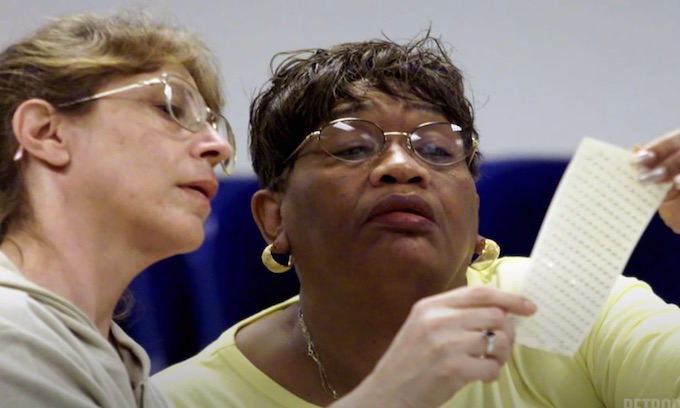
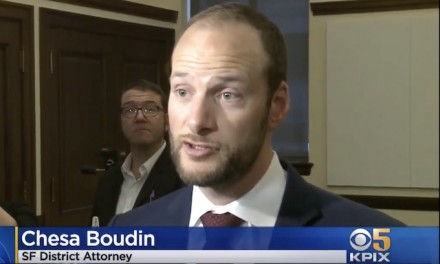
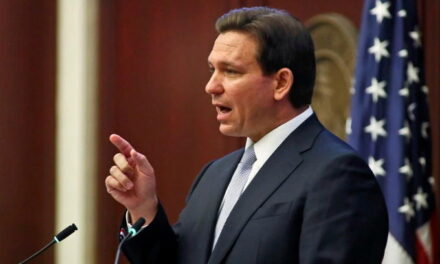
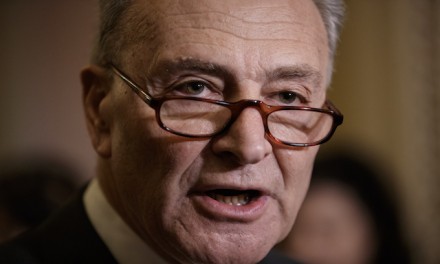
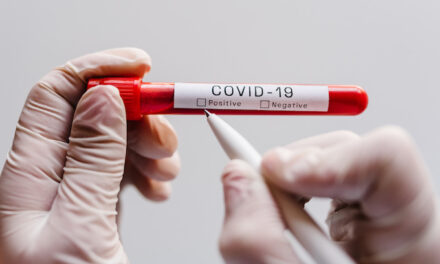











Recent Comments